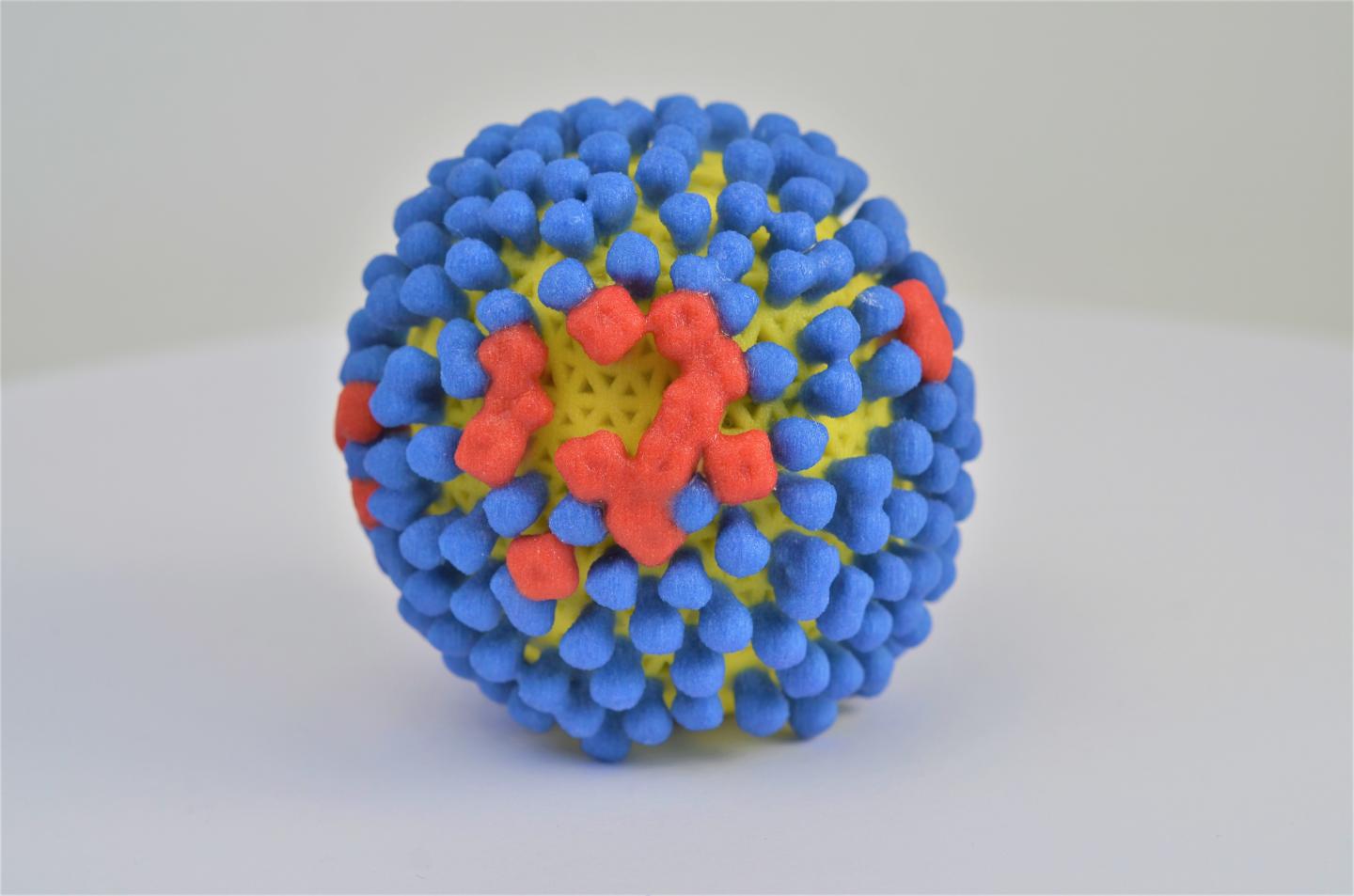October 28, 2019 -- Research from the National Institutes of Allergy and Infectious Diseases (NIAID) isolated the antibodies from a person sick with the flu five days after onset. They isolated antibodies that bind to neuraminidase (NA) proteins on the surface of influenza viruses, which provided broad protection against several different strains of influenza both in vitro and in vivo. The researchers provided characterization details in the October 25 issue of Science.
Most influenza vaccines are designed to create an immune response against the hemagglutinin (HA) protein on the surface of the influenza vaccine. However, HA proteins evolve rapidly as the virus evolves, forcing scientists to constantly develop new vaccines. Current seasonal influenza vaccines induce narrow, strain-specific immune responses, usually to HA, and their effectiveness varies according to how well they match the circulating virus strains. Researchers are seeking to develop broadly protective or universal influenza virus vaccines.

NA cleaves the terminal sialic acid from N-linked glycans that also act as receptors and are required for influenza virus replication. The enzymatic activity of NA is important for releasing incoming viruses trapped by glycans of natural defense proteins on mucosal surfaces and for the release of nascent viruses as they bud from infected cells. Anti-NA antibodies can block interactions between NA and its substrate, thereby preventing infection. Moreover, NA exhibit slower genetic drift than HA, meaning that vaccines may not need to be modified as often.
In the current study the research team screened 45 monoclonal antibodies (mAbs) and reported three clonally related mAbs - 1G04, 1E01, and 1G01 - derived from plasmablasts (B cell precursors) isolated from an H3N2-infected individual. The researchers performed a series of tests to determine in vitro functionality of the mAbs and characterization of mAb-NA interactions by crystal structures. These antibodies provided cross-reactivity, with heterosubtypic binding to NA proteins from multiple types of influenza, both A and B type viruses.
The mAbs were also tested to determine if they could help prevent the influenza virus from infecting mammalian cells. To do this the researchers treated mice with the mAbs and then infected them with different types of influenza viruses. The mAbs inhibited many kinds of NA proteins from interacting with different types of influenza viruses and protected from weight loss and mortality in vivo. As an example, Mice given lethal doses of H3N2 influenza virus survived when treated with low doses of the three antibodies.
The discovery of these mAbs could help researchers identify proper vaccinations for the treatment of influenza. Moreover, understanding binding and epitopes of these mAbs is an excellent step towards developing a universal NA-based influenza virus vaccine.
Do you have a unique perspective on your research related to infectious disease research or immunology? Contact the editor today to learn more.
Copyright © 2019 scienceboard.net






